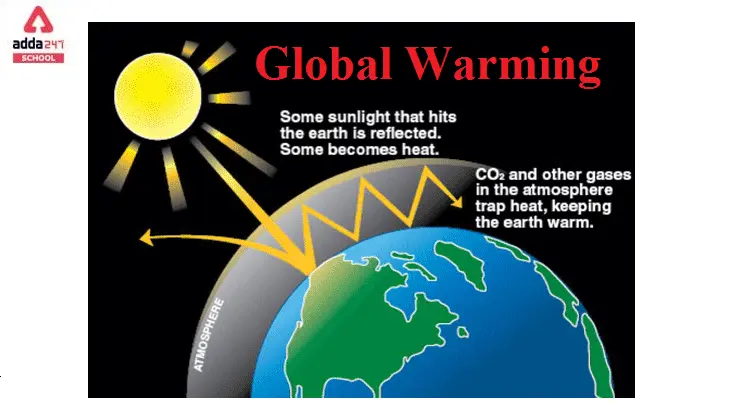Global Warming and Its Impact on Forecasting
Why in the news?
Global warming has intensified in 2023-2024, leading to unpredictable weather patterns. Current climate models are struggling to accurately predict events like monsoons, hurricanes, and El Niño due to accelerated warming effects.
Unexpected Trends in 2023-2024:
- Meteorologists predicted the 2023 El Niño but were surprised by the extreme warming in 2023-2024.
- Factors such as the Hunga Tonga volcanic eruption and CO₂ emissions from wildfires intensified warming.
- The 2023 monsoon was erratic, with some regions experiencing droughts while others faced floods and landslides.
Challenges in Weather Forecasting:
- Global warming has led to unpredictable weather patterns, making forecasts more difficult.
- Current models fail to reproduce monsoon trends over the last 50 years and are considered unreliable for the future.
- Major climate events like El Niño, La Niña, and the Indian Ocean Dipole (IOD) are harder to predict due to the accelerated warming.
Global Warming and Temperature Rise:
- Global warming is driven by greenhouse gases (GHGs) like CO2 and CH4.
- GHGs trap heat, leading to higher global temperatures.
- Earth’s average temperature has risen by 1°C since the late 19th century.
- 2023-2024 witnessed unprecedented temperature increases, with global temperatures 61°C above pre-industrial levels.
India’s Warming:
- India’s warming is below the global average.
- Indian temperatures increased by7°C since 1900, while global land temperatures rose by 1.59°C.
Heatwaves and Regional Variability:
- Heatwaves are becoming more severe in India, especially in northern regions.
- Factors influencing warming: polar amplification, land vs. water differences, elevation, and urban heat islands (UHIs).
- UHIs intensify heatwaves, raising health risks.
Associated Article:





